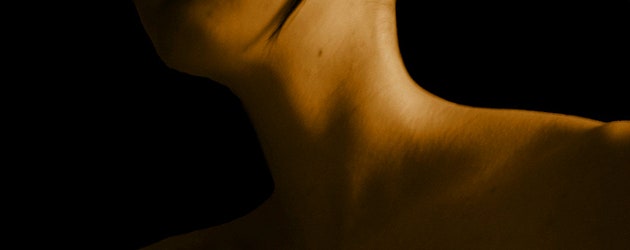Pornography may drive technological progress, but it's still anathema to publicly traded, family-oriented companies like Yahoo.
Yet Flickr, Yahoo's photo-sharing site, has managed a nifty trick. It balances family-friendly and adult-oriented photos on the same site, with little overlap between the two.
It has utilized a system of largely user-driven image categorization and filtered searches, launched earlier this year. The result is that regular image searches now produce almost no pornographic results, while people who want the salacious stuff can still get to it, and indeed have formed communities around sharing soft-porn photos.
For a site that derived at least some of its traffic growth from web searches for "boobs" as recently as last year, this is a large accomplishment.
Dirty pictures are an admittedly small slice of the overall Flickr photo pool. "We don't provide specific stats on adult versus safe content," a Flickr spokesperson stated in response to Wired News queries. However, searches on Flickr reveal 346 million images available to the public, of which about 900,000 have been tagged as "moderate" or "restricted," Flickr's two categories for content that is less than fully safe. In other words, adult content makes up less than one-third of 1 percent of Flickr's photo stream.
But prior to March 22, Flickr didn't have any tools other than its image tags to keep that content from popping up in site searches. The result is that queries for otherwise benign terms could occasionally return a number of inappropriate, or even pornographic, results.
Flickr's remedy was to add a common rating system that could be used by both administrators and the community for policing content.
Users uploading content are now asked to identify their photos as "safe," "moderate" or "restricted." By default, searches on Flickr return only images that have been categorized as safe. To include images from the other categories, users must be logged in to Flickr, and must specify these options on the Advanced Search page.
For most Flickr users, even those interested in the naughty bits, this came as a welcome change. "I enjoy seeing artistic nudes from different artists and professional photographers," said one user, who asked not to be identified, "but I constantly ran into people's streams that have their wife's bum and breasts and other parts exposed in a tasteless way."
The transition from an open forum to one with user-categorized photos and SafeSearch hasn't been without controversy. Earlier this month, Flickr slapped a "moderate" tag on the photos of sex writer Violet Blue, but the company later apologized and set the flag back to "safe" for all but a few photos.
The absolute number of restricted photos may be small, but users feel strongly about having access to those images. That became apparent when Flickr launched its German site earlier this month. With SafeSearch locked on "safe" for German users, Flickr experienced a sizable backlash from the German photo-sharing community.
In the German protests, as well as the backlash against perceived censorship of Violet Blue and other photo bloggers, Flickr's users proved that both moderated and restricted content is just as important to the community as its safe content. Fortunately for those users, it looks like Flickr is going to let them have it both ways.

